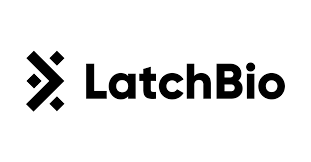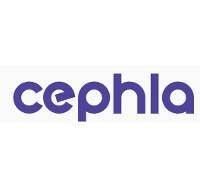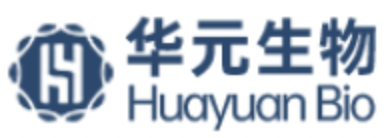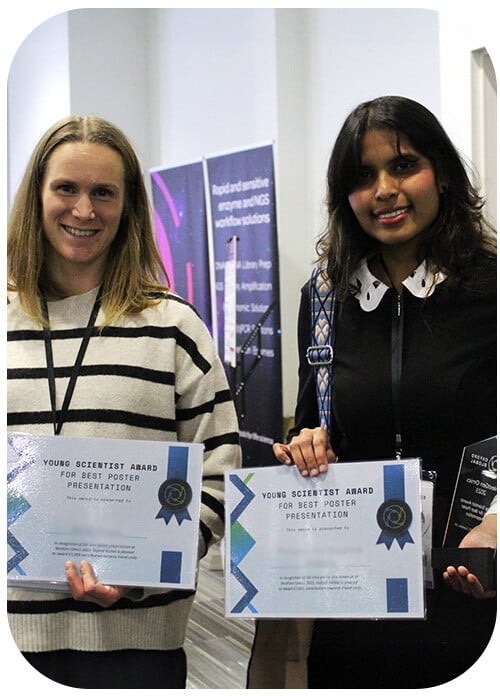Precision Medicine:
Redefining the Future of Healthcare
27 - 28 October 2025 | San Francisco, CA
Biomarkers & Precision Medicine US 2025 is excited to welcome members of The Life Science Connect Communities, uniting professionals across spatial biology for precision medicine and digital pathology & AI.
Delivering Personalized Treatments
Together we can transform patient outcomes
Join us for Biomarkers & Precision Medicine US, an immersive event celebrating its 9th year, spotlighting the latest trends and tools in biomarker research. This year’s agenda also includes dedicated programmes focused on Spatial Biology for Precision Medicine and Digital Pathology & AI. The event gathers leading experts from global pharmaceutical companies, pioneering biotech firms & startups, and leading academic & healthcare institutions, all contributing to various therapeutic areas and stages of drug development, clinical trials, and precision patient treatments.
Advancing Therapeutic Innovation Through Multi-Omics Research
NextGen Omics & Spatial Biology connects thought leaders, researchers, and experts with pharmaceutical & biotech representatives to discuss the latest innovations across the fields of multi-omics.
There are three dedicated programmes running across two full days, which together will explore multi-omics from technological development to therapeutic applications and analysis, making this a must-attend event for anyone working in clinical diagnostics, single cell & spatial biology.
Hear from past attendees of last year's Biologics 2024 conference
Explore the NextGen Omics & Spatial Biology US 2025 Programme

NextGen Biomed 2025 is supported by our
Scientific Programme Partner The Antibody Society
Key Themes
Experts agree: the future of precision medicine lies in layering multi-omics with cutting-edge technologies.
Spatial transcriptomics unlocks a treasure trove of archived samples, accelerating drug discovery, early detection, and patient stratification. Advances in sensitivity and throughput are driving progress, while multiplex assays edge closer to clinical use as companion diagnostics. Targeted protein degradation is emerging as a powerful tool, offering precision with reduced toxicity. New single-cell analysis methods are revealing molecular insights in patient settings, bridging research and real-world impact.
The challenge now? Integrating these breakthroughs to truly deliver on the promise of precision medicine.
An unmissable journey awaits you: From celebrated keynote speakers and insightful fireside chats, to the brand new Awards Dinner. Discover the moments that will transform your Biomarkers & Precision Medicine experience.
Have a peek into the dynamic panels, engaging roundtables, and hands-on workshops happening in Boston - right now!
Spatial Multi-Omics For Target-To-Disease Linkage In Inflammatory Diseases
MARINA BLECK, Principal Scientist, Boehringer Ingelheim
Marina discussed the use of multi omics for faster Faster Target-to- Disease Link (T2DL) with increased confidence and how they can leverage Spatial Biology to enhance the ability to derive insight from human disease tissues. Finally the Importance of FFPE Tissue Quality for Spatial Biology was discussed with the use of QC scoring to determine which FFPE tissue gives the best spatial transcriptomics results.
Spatial Biology As A Discovery Pathway
EMRE ARSLAN, Takeda
Emre Arslan from Takeda gave a talk about the use of Spatial Biology as a discovery pathway. First of all providing an update on the current landscape for spatial technologies then analysing how spatial technologies can be used in clinical trial design - such as the ability to identify previously unknown cell types, interactions and microenvironments and providing an ideal foundation for training better AI models.
JASMINE PLUMMER, Director, St Jude Children's Research Hosptial
Jasmine Plummer's day 2 keynote focused on Single cell into spatial and beyond. "The reason we are in this room is because it’s cutting edge" which is why the single cell and spatial field growing exponentially.
Future directions for the technology include Low throughput, clinical trials, other organisms, more tissue types, epigenomics
JUN WANG, Associate Professor, Multiplex Biotechnology Laboratory, Department of Biomedical Engineering, Stony Brook University
"Simpler but more powerful than flow and imaging cytometry"
MIST Technology provides100 times more information than flow cytometry and currently the highest multiplexity is up to 500 markers/ cell.
Panel Application Of Single Cell Omics In Clinical Monitoring
PRIYA CHOCKALINGAM, Vice President, Head of Clinical BioAnalytics & Translational Sciences, Beam Therapeutics
Priya's talk focused on Genome Editing Technologies for Gene & Cell Therapy and how cell & gene therapies require a specialized regulatory approach compared to other modalities. Appropriate assessments should therefore be put in place in both nonclinical and clinical stages to address safety concerns.
Various methods to assess off-target editing effects have evolved in the last decade. However, limitations remain in balancing accuracy vs sensitivity of these new techniques.
The direct assessment of off-target effects in vivo and in patients is particularly challenging.
Novel single-cell technologies enable quantitation/co-occurrence of on-/off-target editing through patient time-course of treatment
Comparative Insights In Single Cell RNA-seq & Advances In Large-Scale Multimodal Profiling
ZORA MODRUSAN, Senior Director NGS, Genentech
Zora focused on both key insights and future directions of single cell RNA-Seq. scRNA-seq technologies were evaluated and the differences in performance across various metrics such as sensitivity, throughput and cost were compared across different systems.
The Overloading And unpacKing (OAK) method provides a reliable solution for large-scale molecular profiling that incorporates multiple data modalities.
Moving forward they will continue to evaluate the latest scRNA-seq kits to understand differences and guide optimal performance. Zora would also like to enhance OAK's capabilities by integrating additional modalities and applying the platform to a wide range of biological systems.
Key Event Highlights
An unmissable journey awaits you: from celebrated keynote speakers and insightful private roundtables, to an exclusive gala dinner. Discover the moments that will transform your NextGen Omics & Spatial experience.
Become a driving force in accelerating the next generation of multi-omics-based treatments. NextGen Omics & Spatial Biology US offers a unique platform to enhance your brand visibility and connect with thousands of pharma, biotech, & academic experts. Our branded event opportunities, immersive experiences, and content services enable you to engage, educate, & collaborate with the community shaping the future of genomic medicine today.
Interested in Sponsoring NextGen Biomed?
Become a driving force in accelerating the next generation of biologics and immunotherapy medicines to patients. NextGen Biomed offers a unique platform to enhance your brand visibility and connect with thousands of pharma, biotech, and R&D experts. Our branded event opportunities, immersive experiences, and content services enable you to engage, educate, and collaborate with the community shaping the future of biomedicine today.
Meet Our Esteemed Sponsors
Platinum Sponsors
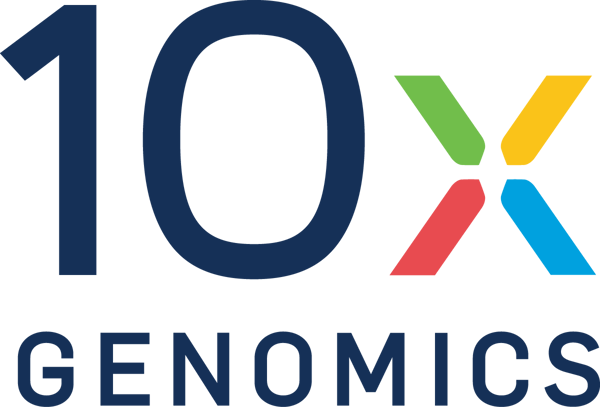
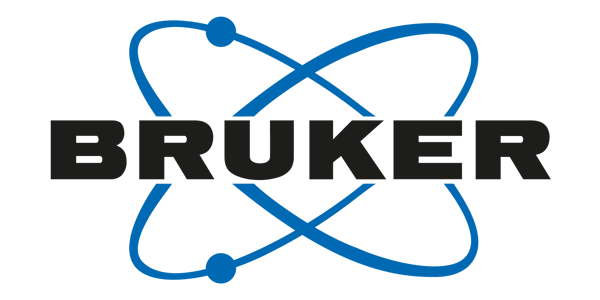
Gold Sponsors


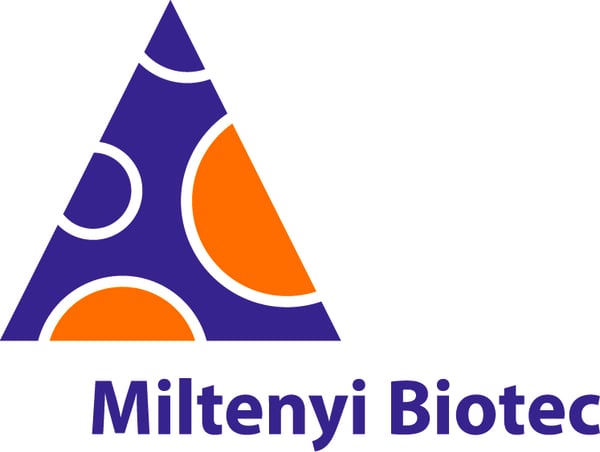



Silver Sponsors
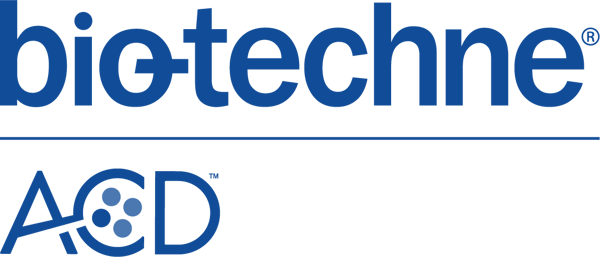
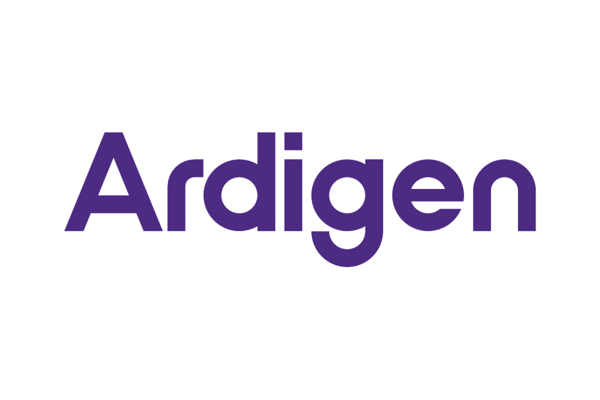
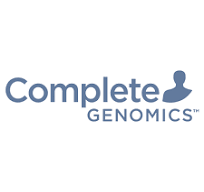
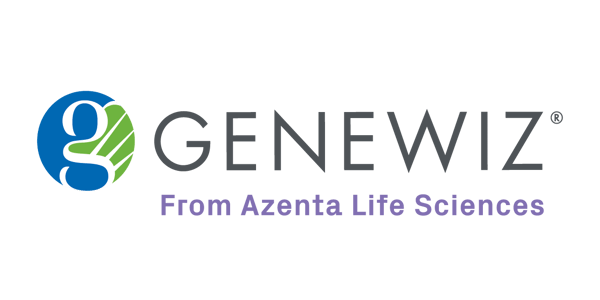



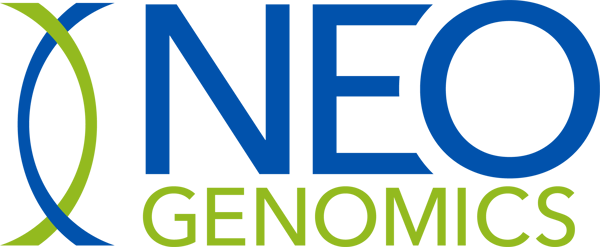





.jpg?length=600&name=a396bca6-7435-42de-8524-0ee4844b758e-2-5668375logo-standardbio-color-logo-blue-outline-blue-TM-(2).jpg)
Bronze Sponsors
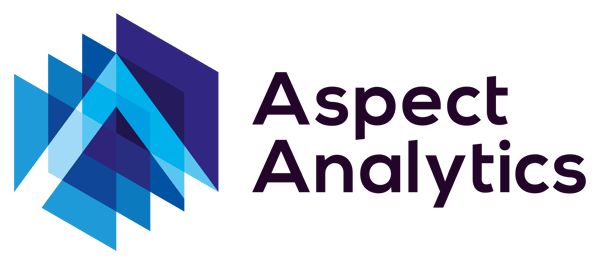


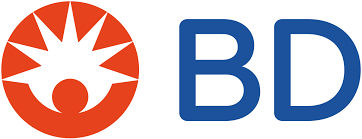

.png?length=600&name=23c79081-69ce-4042-a188-0a0e10023652-2-5668375logo-Hawk-(RGB-Full-Colour).png)
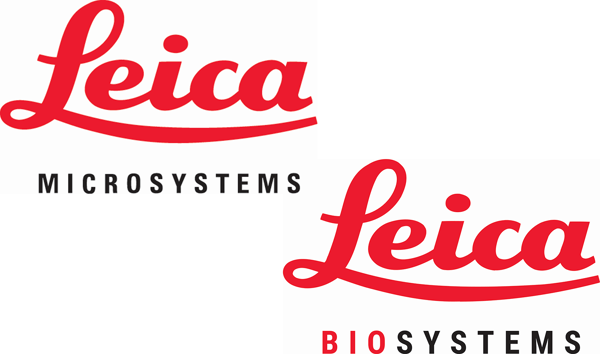

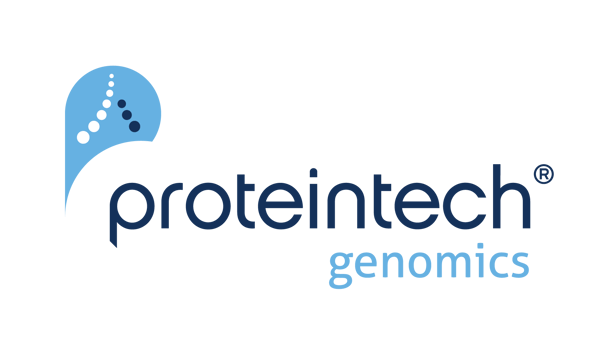
.png?length=600&name=3ebab810-7368-4d37-bc16-77d994699581-2-5668375logo-RareCyte_Logo_PMS7585-CoolGray11-(R).png)
.png?length=600&name=Zifo_Master%20Logo_Two%20colour_RGB%20(002).png)
Network & Programme Sponsors

.png?length=600&name=77f962ea-48c4-4469-ac13-19f7332176c0-2-5668375logo-DLS-Logo-FullColor-noTag-(4).png)
.png?length=600&name=708bd68b-02d3-4436-8882-e6181f86f6da-2-5668375logo-Horizontal-Logo-(White-Background).png)


.png?length=600&name=ccf7bc56-af8b-49fe-b50e-b8bdf467ba91-2-5668375logo-StellaromicsLogo-(7).png)



Start-Ups
The NextGen Biomed Young Scientist Awards include the best poster presentation award and are intended to honour an outstanding individual performance for a scientific work by a PhD student, PostDoc or early career scientist.
Please submit your poster presentation by no later than 13th January 2025 in the below category:
- Protein/Antibody Engineering
- Bioanalysis & Characterisation
- Next Generation Biotherapeutics
- Peptides Chemistry & Therapeutics
- Oligonucleotides Chemistry & Therapeutics
- Sustainable Chemistry & Manufacturing
- Student (PhD), PostDoc or early career scientist under 35 years of age. Proof must be provided via an active student ID card or a copy of status
- Applicants must be the first AND presenting author of the submitted paper and register for the meeting by 13th January 2025
- ONLY ONE YSA submission per person will be accepted. If authors submit multiple abstracts for consideration for the YSA, only one abstract will be taken into consideration for the YSA
Applicants must follow the procedure as follows:
- Register and submit an abstract by 13th January 2025 using the registration link to the left on this page
- Once registered you will be provided with the online abstract submission form
- Prepare the poster or platform and present it (The poster presenter should be at the poster during all breaks.)
- The 3 winners with the highest scores will be announced at the Networking Drinks on the second day of the event
- The winners’ 10-minute oral presentations will take place during the networking drinks on day 2
The platform or poster presentation will be evaluated by senior scientists (consisting of our speaking and steering group committee for the NextGen Biomed series) on the basis of originality of the approach and quality of the work (e.g. appropriate methodology, interpretation of results, conclusiveness). All participants will receive the scoring and comments after the annual meeting via email.
The 3 winners receiving the highest scores will be announced at the Networking Drinks on the Day 2 and will be given a trophy as well as £1,000 contribution towards travel costs. Oxford Global will also provide winners with PLUS Pass – 12 months access to our content platform providing access to on-demand presentations, exclusive reports and highlights.
Are you developing a cutting-edge therapy, platform or technology? Our Start-Up Zone is designed to support emerging companies looking to increase their visibility, find potential partners or early adopters, and meet their investment goals – connecting them with our community of pharma, investors, and mid-to-large size biotechs.
Located in the Exhibition Hall, the Start-Up Zone allows therapeutic pioneers to showcase their approach, conduct invaluable 1:1 meetings and deliver a quick-fire pitch.
To get involved, apply today and our Start-Up Lead will be in touch to discuss further.
Criteria:
The Start-Up Zone is designed for therapeutic start-ups, academic spin-outs, and early-stage technology/service providers.
To be eligible for inclusion, you must meet the following criteria:
• 0 – 5 years operating
• 0 – 30 employees
• Pre-Series A funding
Successful applicants will receive as part of their package:
• 2 full conference passes
• 10-minute pitch on the Start-Up Stage
• 1x1m space in Start-Up Zone: cocktail table provided, start-up to bring 1x pull-up banner
• Logo featured on website & event platform as a participating start-up
• Ability to arrange 1:1 meetings via to the congress app
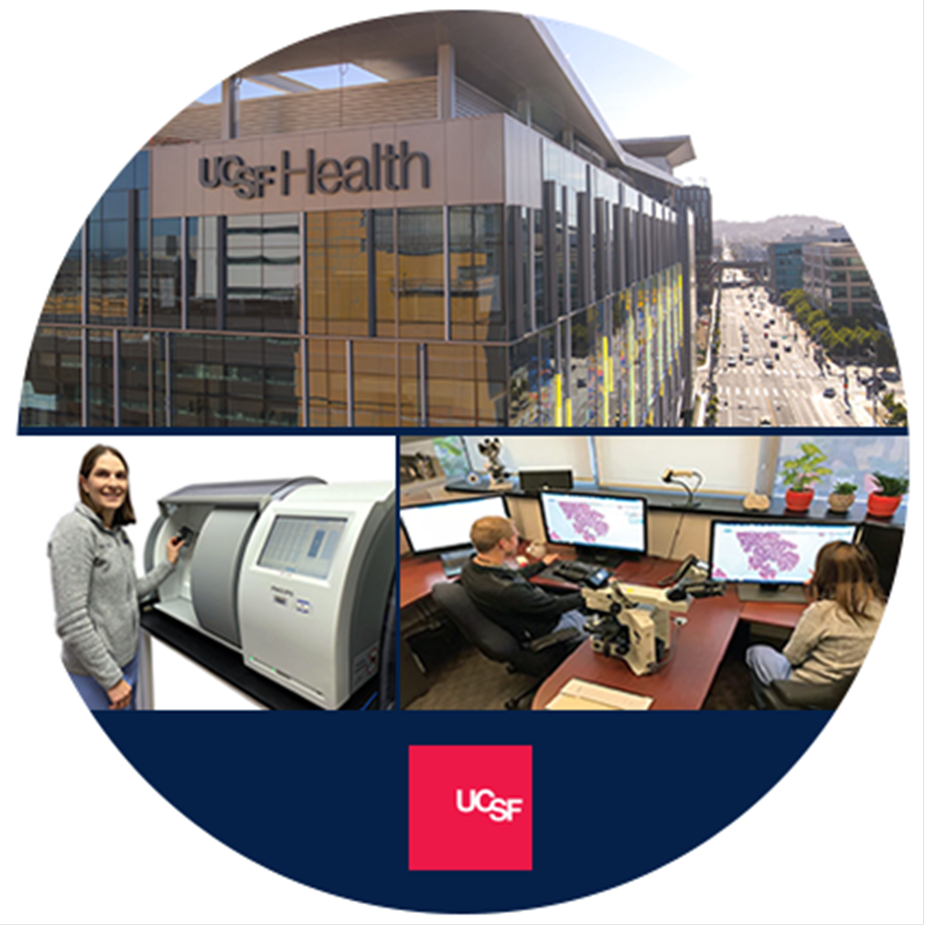
Join us for an exclusive behind-the-scenes tour of UCSF’s innovative Digital Pathology facilities on October 29th. This 40-minute experience includes a guided department walk-through, live digital workflow demonstration, a technical Q&A with IT experts as well as a user experience Q&A with UCSF pathologists. Two tour slots are available at 9:00 am and 10:30 am – reserve your place when registering for the event now! Only limited spaces are available.
The Westin St. Francis San Francisco on Union Square is centrally located in the heart of downtown San Francisco. Positioned directly on Union Square, it offers excellent transit connections via BART and Muni, and is within close proximity to key regional rail and airport links. The hotel is ideal for both business and leisure travelers, surrounded by shopping, theaters, and major city attractions.
By Air
San Francisco International Airport (SFO) –
From SFO, take the BART (Bay Area Rapid Transit) directly to Powell Street Station (about 30 minutes). Exit the station and walk north on Powell Street for 2 blocks to Union Square, the hotel is located on the west side of the square. BART fares range from $10–$12 depending on time of day. A taxi or rideshare typically takes 25–40 minutes, costing approximately $40–$60 depending on traffic.
Oakland International Airport (OAK) –
Take the BART from the Oakland Airport BART station via the Coliseum station to Powell Street Station (about 40–45 minutes total). From there, walk to the hotel as above. Fares range from $11–$13. A taxi from OAK can take 35–50 minutes and cost $55–$75.
San Jose International Airport (SJC) –
Take the Caltrain from San Jose Diridon Station to San Francisco (4th & King Station), then connect via Muni Metro or taxi to Union Square. Total transit time is about 1.5–2 hours. Driving or taxi from SJC typically takes 60–90 minutes and costs around $90–$130.
By Public Transport
BART –
The nearest BART station is Powell Street, just a 5-minute walk from the hotel. BART provides direct access to SFO, OAK, the East Bay, and the Mission District.
Muni Metro –
The Powell Street Station also connects with Muni Metro lines, including the J, K, L, M, N, and T lines. This allows for convenient travel within San Francisco.
Muni Buses & Cable Cars –
Numerous Muni bus routes and two cable car lines stop directly in front of the hotel on Powell and Geary Streets, providing scenic transit options to Fisherman’s Wharf, Chinatown, North Beach, and more.
By Rail
Caltrain –
Caltrain service from the Peninsula and San Jose terminates at San Francisco (4th & King Station). From there, take Muni Metro or a short taxi/ride-share (10–15 minutes) to the hotel.
Amtrak –
Amtrak’s San Francisco-bound services arrive via a transfer at Emeryville Station, with a bus connection to downtown SF. Disembark at the Ferry Building or Transbay Terminal, then take Muni or taxi to the hotel.
By Car
From US-101 North (from SFO):
Take I-80 E toward Bay Bridge, exit at Seventh Street, turn left on McAllister, right on Hyde, then right on Geary Street. The hotel entrance is at 335 Powell Street, on Union Square.
From I-80 West (Bay Bridge):
Exit at Fremont Street, follow signs to Market Street, turn right onto 3rd Street, continue onto Kearny Street, then left onto Geary Street and right on Powell Street.
Parking
Valet parking is available at The Westin St. Francis, with overnight rates typically ranging from $80–$95 including tax.
Nearby Parking Options –
Several public car parks are located within walking distance, including:
-
Union Square Garage (333 Post St)
-
Sutter-Stockton Garage (444 Stockton St)
Rates range from $4–$5 per hour, with daily maximums around $36–$40.
Accessibility
The Westin St. Francis is fully wheelchair accessible. For special access or drop-off needs, valet attendants can assist upon request.
Oxford Global has secured a number of bedrooms at The Westin St. Francis San Francisco at Union Square at a reduced conference rate: -
Sunday 26th October 2025 - $630 including taxes and fees
Monday 27th October 2025 – $630 including taxes and fees
*Please note: $30 supplement is applicable for double occupancy*
The final cut-off date to book bedrooms is Wednesday 24th September 2025– any bookings after this date are subject to availability and rates. Please note that any cancellations after the 25th September 2025 are subject to cancellation charges.
To book accommodation, please follow the link here.
We are closely monitoring the official guidance from health authorities, local governments, and the World Health Organization in order to support the health and well-being of our global community. The health and safety of our staff, customers and clients remains our number one priority.
As we continue to move forward with hosting our events in-person in 2026, we’ve added a series of Health & Safety guidelines and precautions in order to prepare for event safety. We carry out risk assessments for all our events to evaluate fundamental considerations and how to cover multiple risk scenarios.
Oxford Global has learned that third-party companies (recently EHotel Services, Business Travel Management/btravelmanagement and Exhibitors Hotel Reservations Services) are targeting conference attendees with a fraudulent hotel booking scheme.
Please note that none of these third-party companies are associated with Oxford Global in any way, nor have Oxford Global authorised them to use their names or trademarks on information they send out to attendees.
If you are contacted by a third-party company by phone or email using Oxford Global’s name or the name of Biomarkers, CDx & Precision Medicine US 2025 and offering accommodation services, we urge exhibitors and attendees to proceed with extreme caution before signing anything sent by these companies or entering into any conversation or replying to any emails sent from these third-party companies.

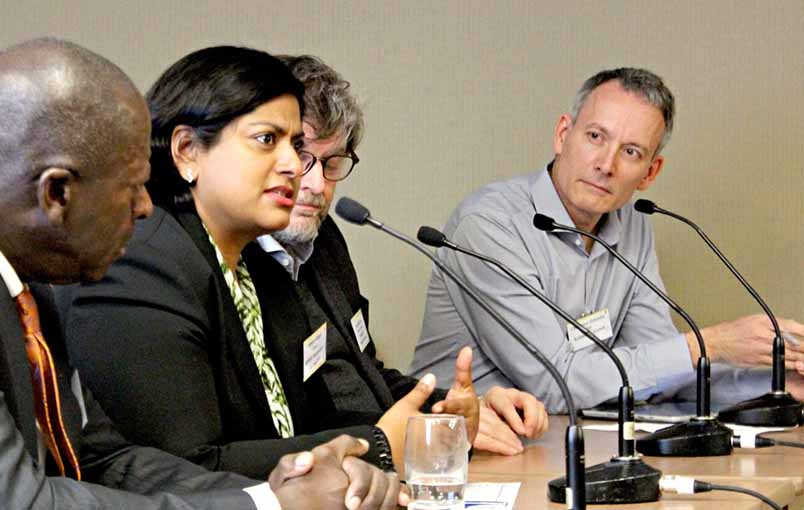
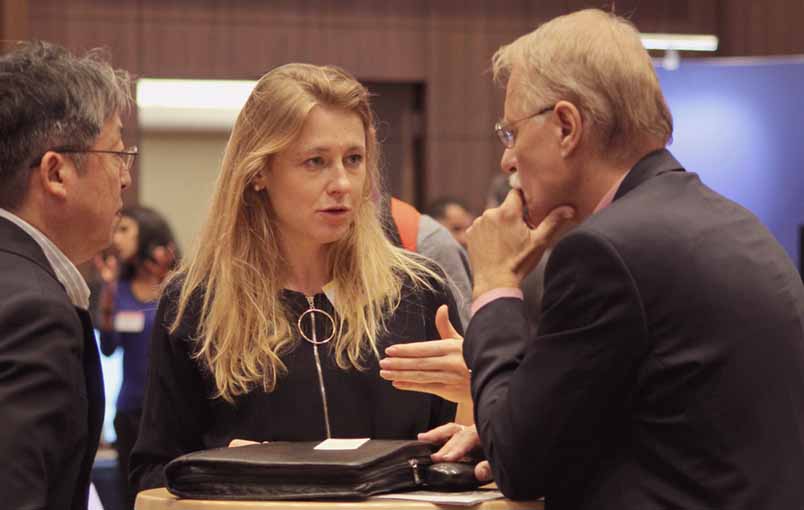
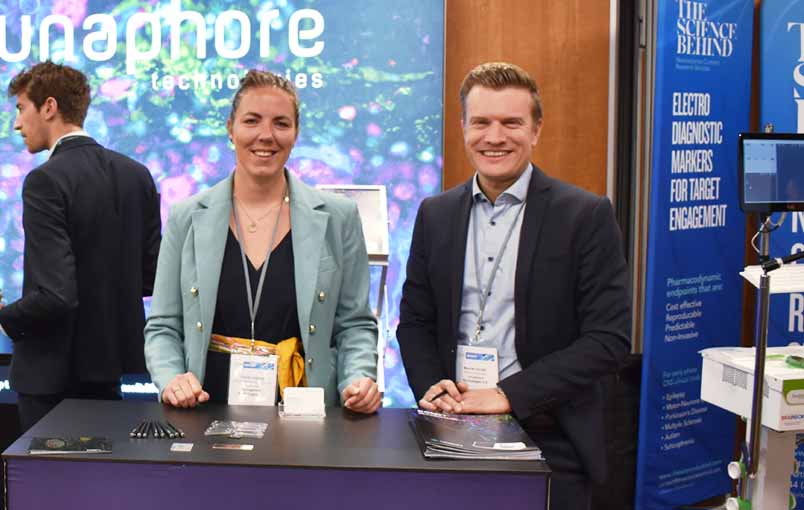
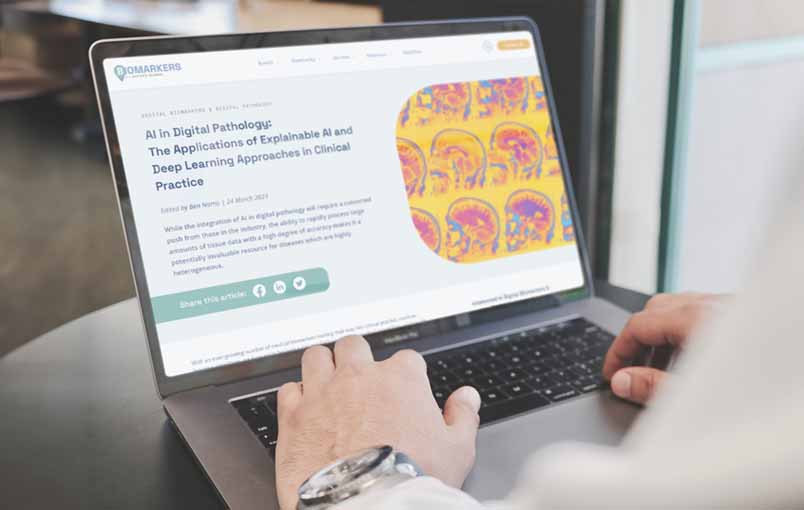
.jpg)

